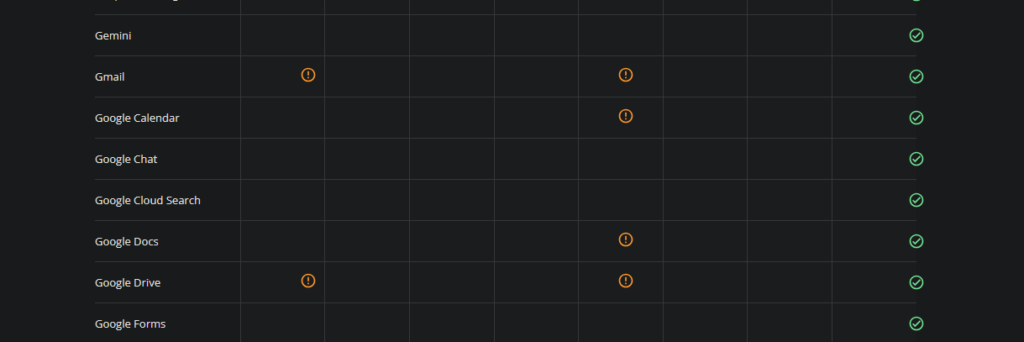[…] The study, which tracked thousands of different molecules in people aged 25 to 75, detected two major waves of age-related changes at around ages 44 and again at 60. The findings could explain why spikes in certain health issues including musculoskeletal problems and cardiovascular disease occur at certain ages.
“We’re not just changing gradually over time. There are some really dramatic changes,”
[…]
The research tracked 108 volunteers, who submitted blood and stool samples and skin, oral and nasal swabs every few months for between one and nearly seven years. Researchers assessed 135,000 different molecules (RNA, proteins and metabolites) and microbes (the bacteria, viruses and fungi living in the guts and on the skin of the participants).
The abundance of most molecules and microbes did not shift in a gradual, chronological fashion. When the scientists looked for clusters of molecules with the largest shifts, they found these transformations tended to occur when people were in their mid-40s and early 60s.
[…]
The first wave of changes included molecules linked to cardiovascular disease and the ability to metabolise caffeine, alcohol and lipids. The second wave of changes included molecules involved in immune regulation, carbohydrate metabolism and kidney function. Molecules linked to skin and muscle ageing changed at both time points. Previous research suggested that a later spike in ageing may occur around the age of 78, but the latest study could not confirm this because the oldest participants were 75.
The pattern fits with previous evidence that the risk of many age-related diseases does not increase incrementally, with Alzheimer’s and cardiovascular disease risk showing a steep uptick after 60.
[…]


